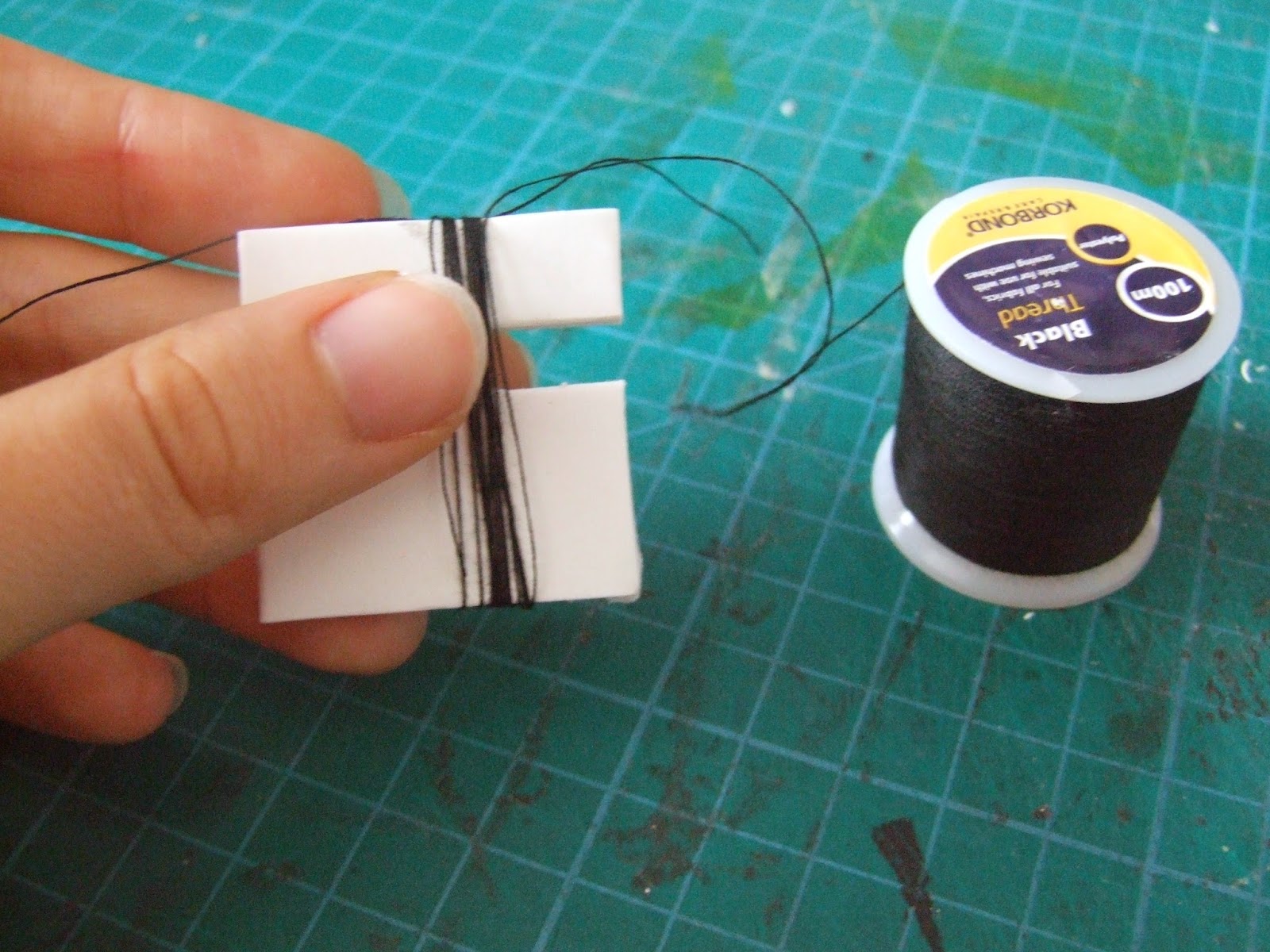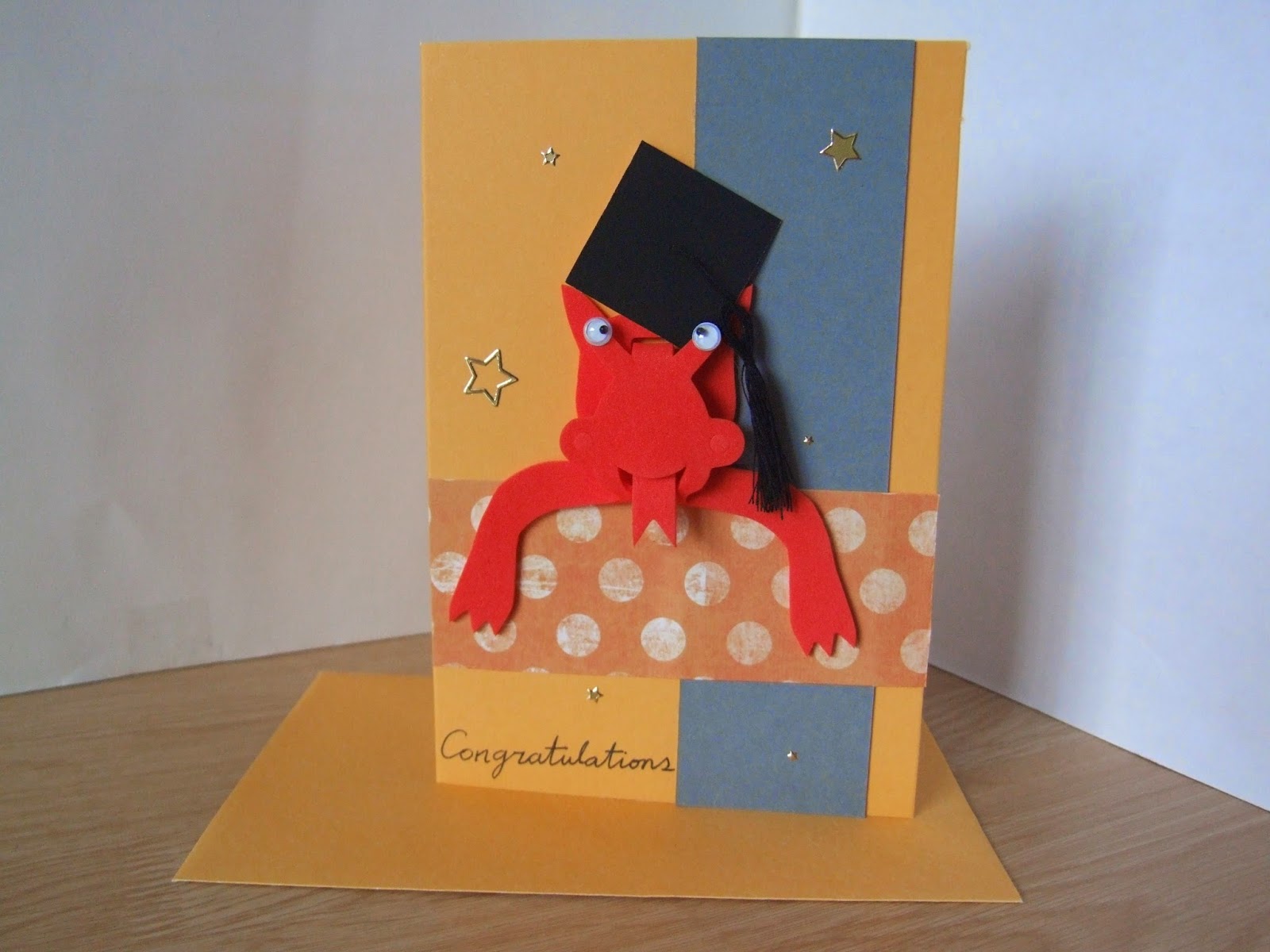This week, I'm focusing on my silhouette cards. These are my go-to designs when I'm sometimes stuck for ideas. My first silhouette cards were a set of Christmas cards back when I was more focused on calligraphy than paper craft and featured different Christmassy shapes with a calligraphed message.
 The original silhouette card: I was inspired by my magazine (again) and made this using black paper and finishing it with silver pen detail and white thread strings. I also learnt that day that stitching paper is not the easiest thing to do and vowed never to do it again. I lied. This is probably one of my favourite templates to use and the last card I made before moving also featured it (albeit the evolved version).
The original silhouette card: I was inspired by my magazine (again) and made this using black paper and finishing it with silver pen detail and white thread strings. I also learnt that day that stitching paper is not the easiest thing to do and vowed never to do it again. I lied. This is probably one of my favourite templates to use and the last card I made before moving also featured it (albeit the evolved version).I make sure to always have a stash of black card or paper just in case I have the urge.
The key to a good silhouette card is to keep it simple. Because the card has no real detail, it needs to be distinguishable and it needs to be clear what the design is. From my own experience, I know how difficult it can be to judge - I know what it's meant to look like - so I usually borrow my brother or sister and get them to identify the design!
By using black, it lets me use a whole range of other colours. I found white in particular looks particularly bold. I always like to finish them off with a bit of sparkle by using a silver (or gold) pen and peel-offs.
These two cards used the off-cuts from each other. Anyone who knows the Death Note manga series will know who these two characters are. I was particularly pleased with them because they reflect the characters and their relationship with each other.
This one was a repeat of a card I made for a friend starting a new job. It's still one of my favourite designs because of the way the silhouette stands out against the pink and just makes the shoes pop. (I was particularly happy with the writing as well)













































